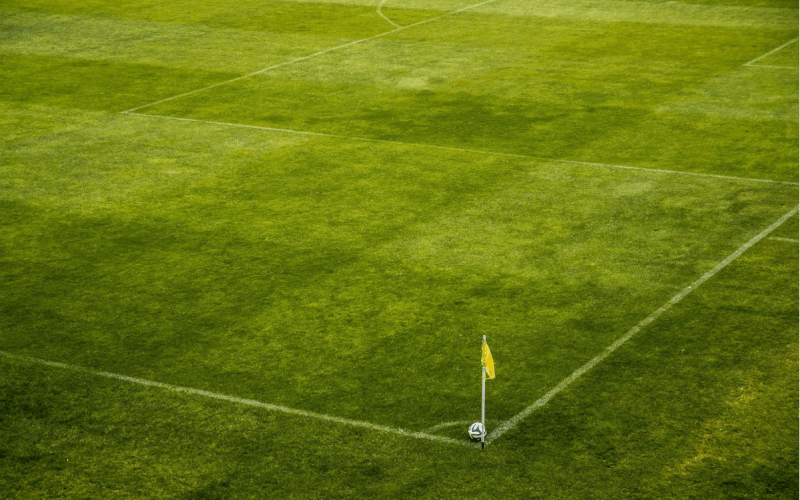
February 21, 2022
Artificial turf, which is a synthetic grass substitute, is made from synthetic materials. It’s used to create fantastic stadium surfaces for sporting events (especially hockey and soccer). Artificial turf is also utilised for landscaping purposes, both indoors and outside. Turf has no direct negative effects on pets or children. Several studies have also shown that artificial turfs on playgrounds have a lower injury rate than grassland.
Artificial Turf Characteristics
The artificial turf structure is made up of several layers.- Pile fibres
- Backing
- Shock-absorbent layer
- The base of support
- The performance of artificial turf is determined by how well it is installed and maintained.
- For ground installations, a high-quality sub-base is critical.
- Turf lasts for at least a decade and doesn’t need to be cut, watered, or fertilised.
- The pile fibres are knit directly into the backing knitting machines.
- Turf stitching threads should be made of high-strength, weather-resistant pigmented threads that match the colour of the turf exactly.
The Benefits and Drawbacks of Artificial Turf
Advantage
Artificial turf has several advantages, including the fact that it does not require water, fertiliser, or cutting. It has a much higher resistance to wear and tear than real grass. It is safe for children and dogs. It is simple to clean with a hose and does not attract insects or vermin. Therefore the demand for artificial turf is on the rise with Reports and Data estimating that global artificial turf market size is expected to reach USD 5,707.2 Million in 2028 registering a CAGR of 4.9% during the forecast period.Disadvantage
Artificial turf, on the other hand, has several drawbacks. In the middle of the day, it is likely to be hotter than natural grass. The production and delivery of artificial turf emits more greenhouse gases than natural turf maintenance. Because most varieties cannot be recycled, it will need to be replaced and disposed of at a landfill.Installation
Artificial turf requires proper installation to ensure a long lifespan. Drainage must be in place prior to the turf installation. For a safe installation, a layer of good draining collection should be placed down and crushed beneath the lawn. The turf is rolled out, super bonded at the stitching line with a special bonding solution, and then connected to the ground with long steel shafts. For long-term consistency, professional installation is recommended. A supplier who meticulously prepares a site may charge a higher fee, but the extra cost is well worth it. A special sort of sand is also used, although it does not provide the same level of softness beneath your feet. The infill helps grip the turf and prevents wrinkles, as well as acting as a mild barricade to ensure the backing’s longevity. If someone’s home turf receives a lot of use, especially from youngsters playing, infill is a good investment. However, if the fake grass is only used for show, it is not worth the money. In contrast, the cost of an artificial grass can be recouped over time by avoiding side-by-side repairs.Durability and Life Expectancy
With proper maintenance, artificial turf can survive for more than 20 years, and even up to 30 years. Many vendors provide warranties of up to eight years. The majority of turf variants have a coating to protect against UV radiation and prevent fading. The turf is fastened to the ground, so blustery weather isn’t an issue. The grass may feel warm to the touch during the midday light. Certain types of infill can reduce heat absorption.Conclusions
When buying artificial turf, it’s important to ask producers for complete ingredient disclosure. The following are some specific areas of concern that should be enquired about:- Lead, bromine, and zinc are the first three elements in the periodic table. When these goods are installed, inquire about the availability of alternatives to PVC pipe for sports ground drainage.
- As currently installed items reach the end of their useful life, one should keep up with innovations surrounding ultimate recycling of artificial grass fields. If manufacturers start recycling their fields, he should look into whether these promises can be verified, and if they can, end-of-life field management might become a critical choice requirement.
- It would still be useful to examine and compare the potential consequences of specific maintenance operations, such as pesticide use, gasoline consumption, and so on. Even without a complete cost comparison, it may be possible to find solutions to lessen the negative effects of field upkeep on both natural and artificial turf fields.
Related Items: Artificial turfartificial turf market





